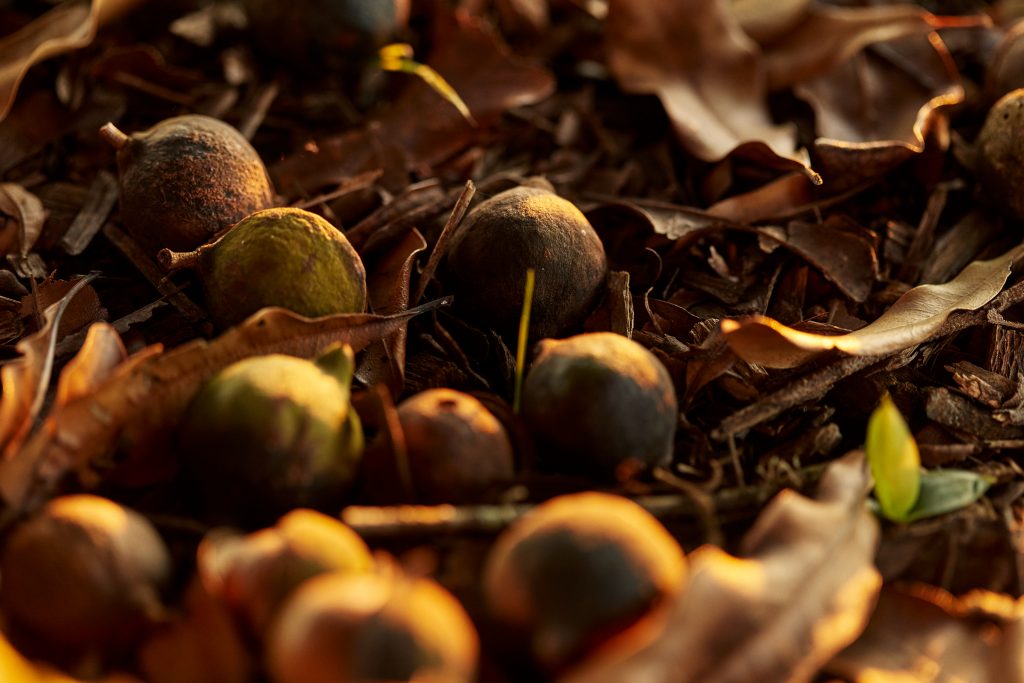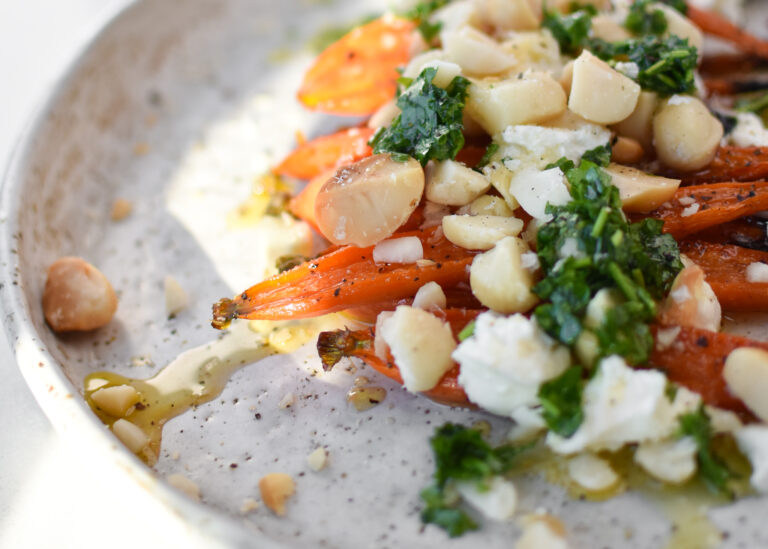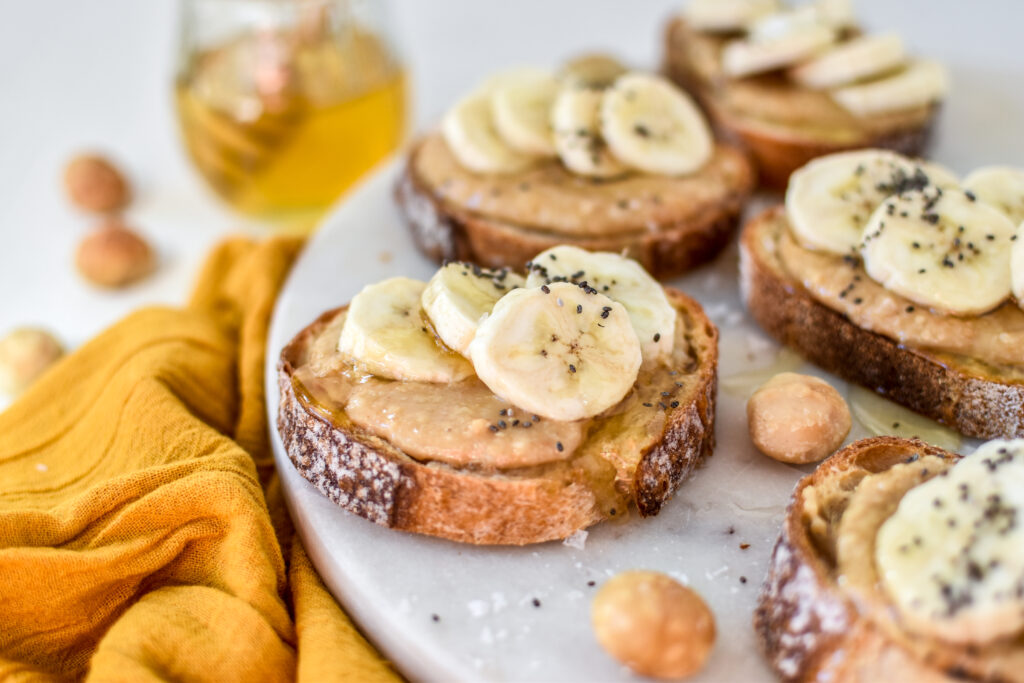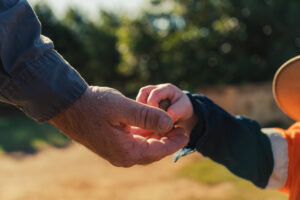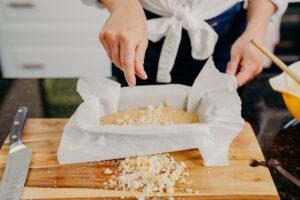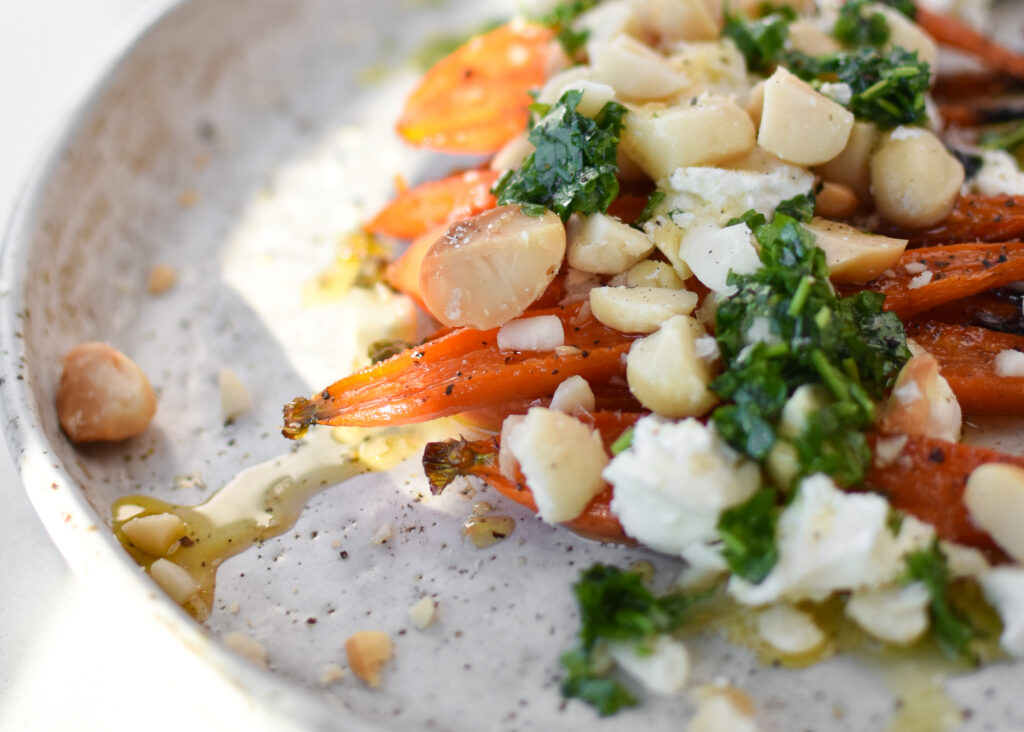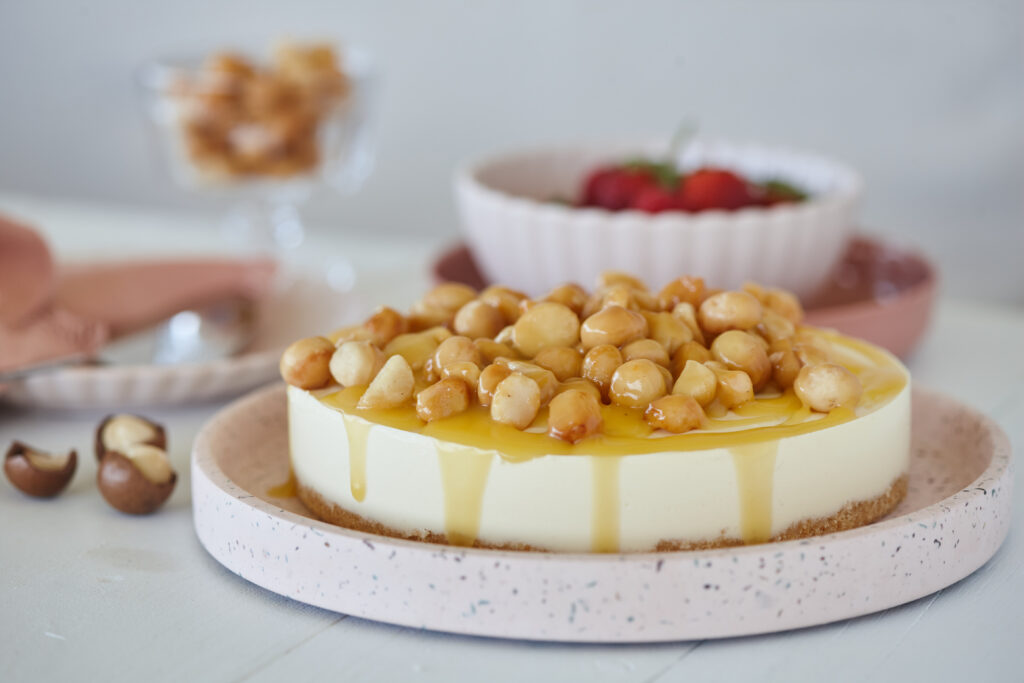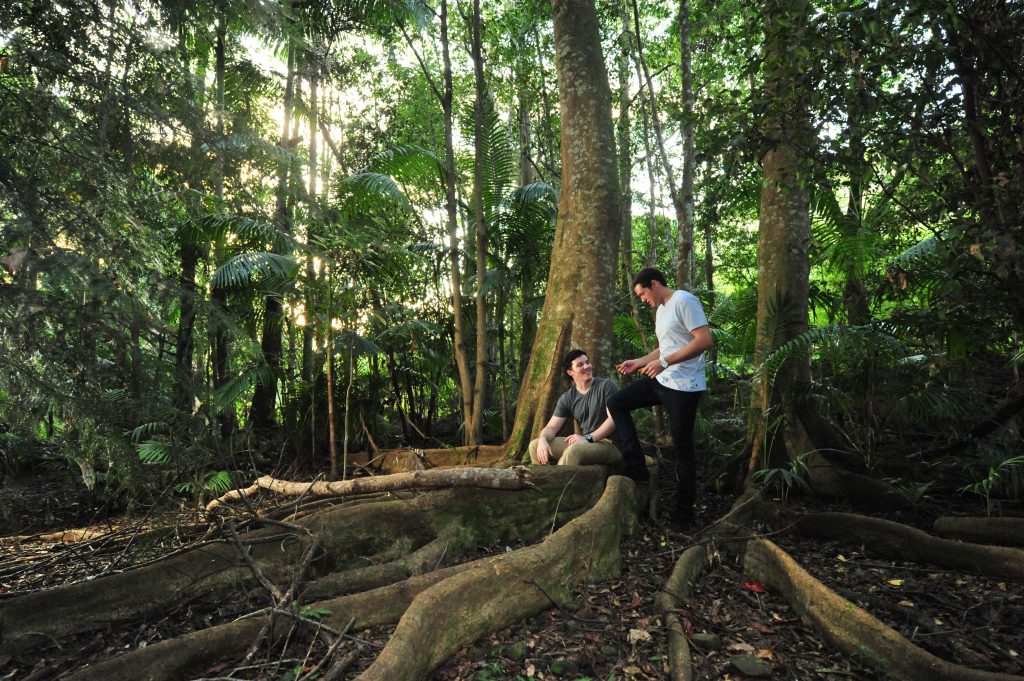
Conservation and rainforest regeneration
Home » Sustainability » Conservation and rainforest regeneration
Caring for the land on which work
Our macadamia growers are passionate about conserving the water, soil, native vegetation and wildlife – and they match this passion with action! It’s not unusual for macadamia growers to set aside a portion of their property as a conservation zone. Although macadamias originated in subtropical rainforests on the East Coast of Australia, clearing and development since European settlement has reduced the size and scale of these rainforests. However, many growers are regenerating them where they can because the increasing biodiversity on their properties makes them more resilient to both drought and heavy rain events that can erode soil.
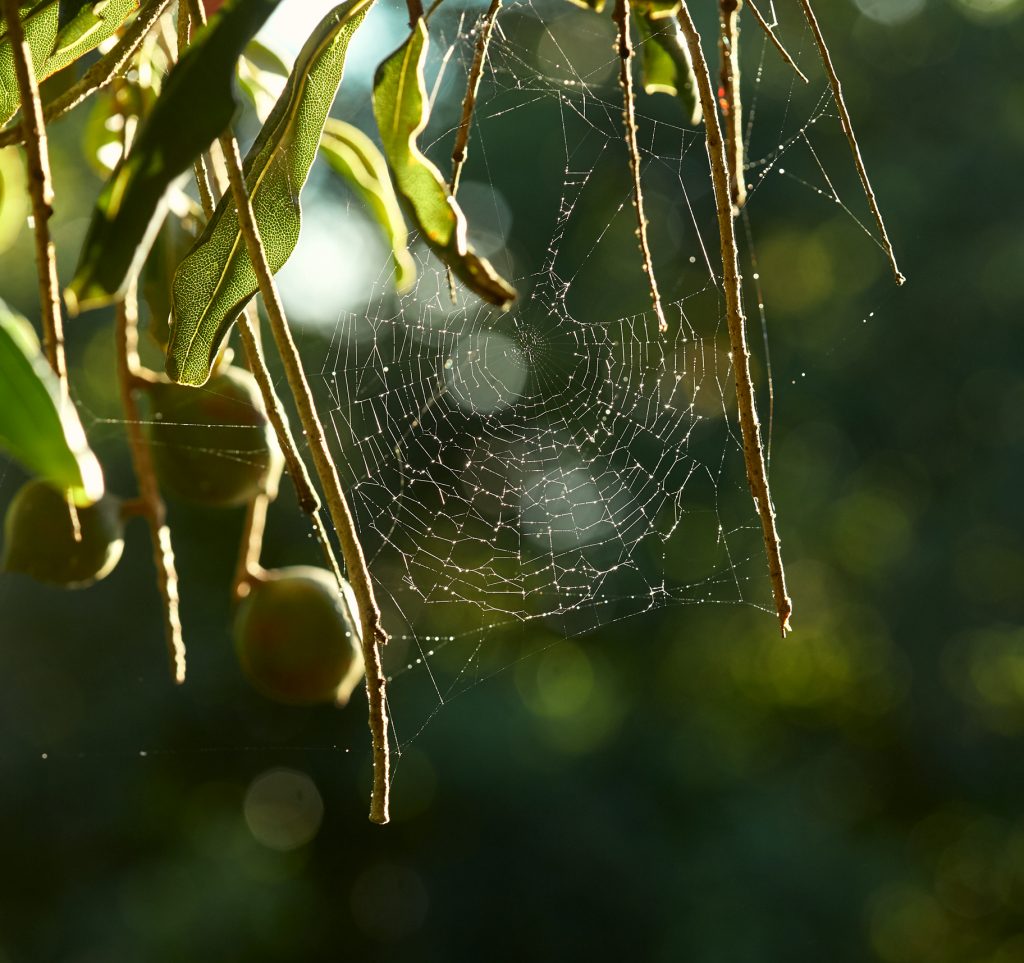
By protecting and regenerating remnant rainforest on macadamia farms, our growers are protecting the natural topography and waterways of our regions. It also creates a haven for native animals and beneficial insects. Growers like Rex Harris, Ross Arnett and Martin Brook as well as a growing number of others are keen to ensure that they are creating farms that are both biodiverse and productive. Not only do these regenerated rainforests provide a haven for beneficial birds, animals and insects, they are a matter of great pride and comfort for growers.
“In 1988 when we purchased our property, it was nothing but barren, eroded land overrun with weeds. Now, it’s a completely different story. We planted over 35,000 subtropical rainforest trees and some eucalyptus trees on the steeper slopes. The land was once part of the largest subtropical rainforest in Australia, called the Big Scrub. Today our 33 year old rainforest gives a glimpse of what used to be and in turn has become a haven for native wildlife” says grower Martin Brook.
